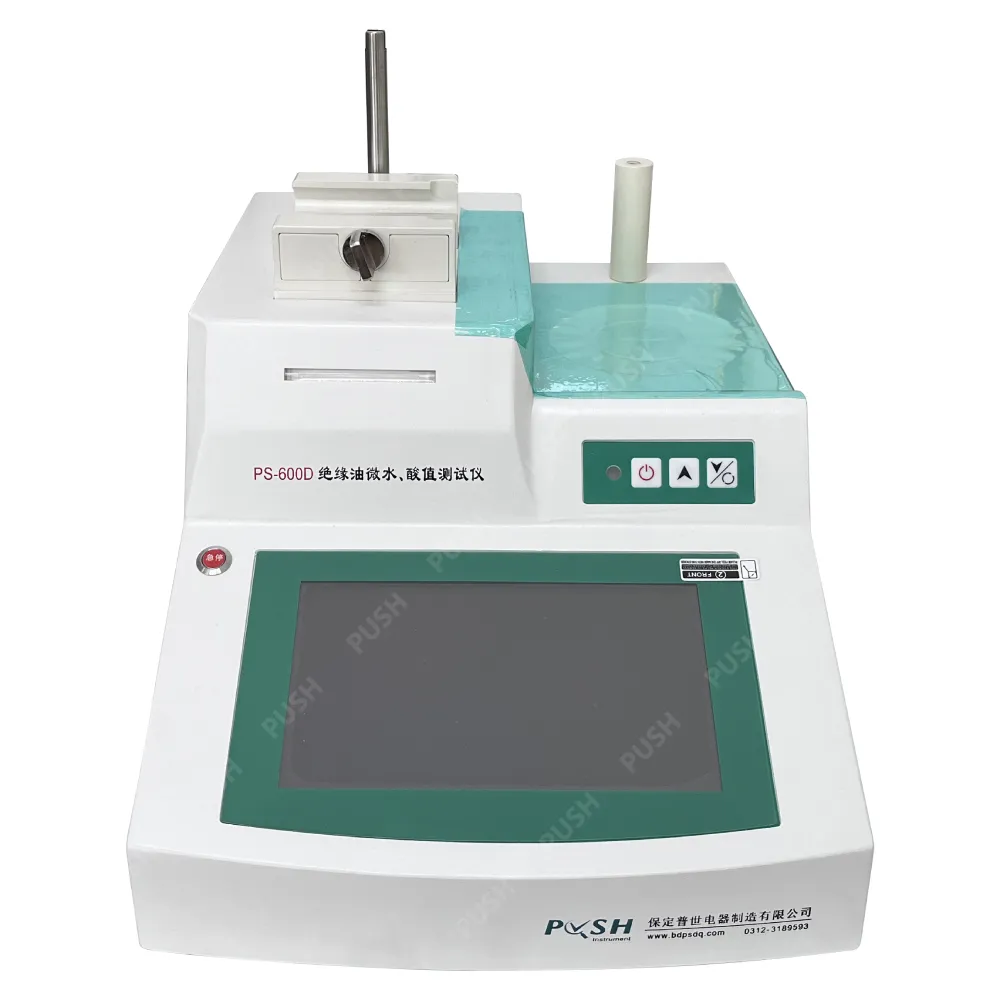 English
English



-
 Afrikaans
Afrikaans -
 Albanian
Albanian -
 Amharic
Amharic -
 Arabic
Arabic -
 Armenian
Armenian -
 Azerbaijani
Azerbaijani -
 Basque
Basque -
 Belarusian
Belarusian -
 Bengali
Bengali -
 Bosnian
Bosnian -
 Bulgarian
Bulgarian -
 Catalan
Catalan -
 Cebuano
Cebuano -
 China
China -
 China (Taiwan)
China (Taiwan) -
 Corsican
Corsican -
 Croatian
Croatian -
 Czech
Czech -
 Danish
Danish -
 Dutch
Dutch -
 English
English -
 Esperanto
Esperanto -
 Estonian
Estonian -
 Finnish
Finnish -
 French
French -
 Frisian
Frisian -
 Galician
Galician -
 Georgian
Georgian -
 German
German -
 Greek
Greek -
 Gujarati
Gujarati -
 Haitian Creole
Haitian Creole -
 hausa
hausa -
 hawaiian
hawaiian -
 Hebrew
Hebrew -
 Hindi
Hindi -
 Miao
Miao -
 Hungarian
Hungarian -
 Icelandic
Icelandic -
 igbo
igbo -
 Indonesian
Indonesian -
 irish
irish -
 Italian
Italian -
 Japanese
Japanese -
 Javanese
Javanese -
 Kannada
Kannada -
 kazakh
kazakh -
 Khmer
Khmer -
 Rwandese
Rwandese -
 Korean
Korean -
 Kurdish
Kurdish -
 Kyrgyz
Kyrgyz -
 Lao
Lao -
 Latin
Latin -
 Latvian
Latvian -
 Lithuanian
Lithuanian -
 Luxembourgish
Luxembourgish -
 Macedonian
Macedonian -
 Malgashi
Malgashi -
 Malay
Malay -
 Malayalam
Malayalam -
 Maltese
Maltese -
 Maori
Maori -
 Marathi
Marathi -
 Mongolian
Mongolian -
 Myanmar
Myanmar -
 Nepali
Nepali -
 Norwegian
Norwegian -
 Norwegian
Norwegian -
 Occitan
Occitan -
 Pashto
Pashto -
 Persian
Persian -
 Polish
Polish -
 Portuguese
Portuguese -
 Punjabi
Punjabi -
 Romanian
Romanian -
 Russian
Russian -
 Samoan
Samoan -
 Scottish Gaelic
Scottish Gaelic -
 Serbian
Serbian -
 Sesotho
Sesotho -
 Shona
Shona -
 Sindhi
Sindhi -
 Sinhala
Sinhala -
 Slovak
Slovak -
 Slovenian
Slovenian -
 Somali
Somali -
 Spanish
Spanish -
 Sundanese
Sundanese -
 Swahili
Swahili -
 Swedish
Swedish -
 Tagalog
Tagalog -
 Tajik
Tajik -
 Tamil
Tamil -
 Tatar
Tatar -
 Telugu
Telugu -
 Thai
Thai -
 Turkish
Turkish -
 Turkmen
Turkmen -
 Ukrainian
Ukrainian -
 Urdu
Urdu -
 Uighur
Uighur -
 Uzbek
Uzbek -
 Vietnamese
Vietnamese -
 Welsh
Welsh -
 Bantu
Bantu -
 Yiddish
Yiddish -
 Yoruba
Yoruba -
 Zulu
Zulu
detector for gas chromatography
The Role of Detectors in Gas Chromatography
Gas chromatography (GC) is a powerful analytical technique widely used in chemistry and other scientific fields to separate and analyze compounds that can be vaporized without decomposition. Central to the success of this technique are the detectors that identify and quantify the separated components as they elute from the chromatographic column. The choice of detector significantly affects the sensitivity, selectivity, and overall effectiveness of the GC analysis.
Types of Detectors
There are several types of detectors used in gas chromatography, each with its own advantages and limitations
. The most common types include1. Flame Ionization Detector (FID) The FID is one of the most widely used detectors due to its high sensitivity and broad applicability. It works by ionizing the compounds as they are burned in a flame, producing ions that generate a current proportional to the number of carbon atoms present in the sample. While it is highly sensitive to organic compounds, it is less effective for inorganic species or compounds that do not ionize well.
2. Thermal Conductivity Detector (TCD) The TCD measures changes in the thermal conductivity of the gas stream as components pass through it. This detector is versatile and can be used for both organic and inorganic substances, but it tends to be less sensitive than the FID. Its main advantages are its simplicity and ability to detect all gases, making it ideal for applications where multiple gas types are analyzed.
3. Mass Spectrometer (MS) When coupled with GC, mass spectrometry serves as a powerful detector capable of providing detailed information about the molecular weight and structure of the compounds. This combination, known as GC-MS, allows for both qualitative and quantitative analysis, making it a preferred choice in complex sample analysis, such as environmental monitoring and forensic science.
detector for gas chromatography

4. Electron Capture Detector (ECD) The ECD is particularly effective for detecting halogenated compounds and other electron-absorbing species. It operates by measuring the reduction in current caused by the presence of electrons captured by these compounds. This detector is highly sensitive, but its utility is limited to specific classes of compounds.
Factors Influencing Detector Selection
When selecting a detector for gas chromatography, several factors must be considered
- Sensitivity Requirements The level of sensitivity needed for the analysis is crucial. For trace analysis, detectors like FID and ECD might be preferred. - Analyte Characteristics The chemical nature of the compounds affects which detector is appropriate. For instance, if the sample includes volatile halogenated compounds, an ECD might be the best choice. - Operational Conditions Some detectors require specific operating conditions, such as temperature or pressure, which need to be compatible with the overall chromatographic setup. - Cost and Maintenance Different detectors come with varying costs and maintenance requirements. Budget considerations and the intended frequency of use can influence the choice of detector.
Conclusion
In summary, the detector is a critical component of gas chromatography that directly impacts the quality of analytical results. The selection of an appropriate detector depends on a combination of factors, including the nature of the sample, sensitivity requirements, and practical considerations such as cost and maintenance. As advancements in technology continue, new detectors with improved performance and specificity will likely enhance the capabilities of gas chromatography, expanding its applications in various scientific fields.
-
Testing Equipment Industry Sees Major Advancements in 2025: Smart & Precision Technologies Lead the WayNewsJun.06,2025
-
Applications of Direct Current Generators in Renewable Energy SystemsNewsJun.05,2025
-
Hipot Tester Calibration and Accuracy GuidelinesNewsJun.05,2025
-
Digital Circuit Breaker Analyzer Features and BenefitsNewsJun.05,2025
-
Benefits of Real-Time Power Quality Monitoring Devices for Industrial EfficiencyNewsJun.05,2025
-
Earth Fault Loop Testing in High-Rise Building Electrical SystemsNewsJun.05,2025



